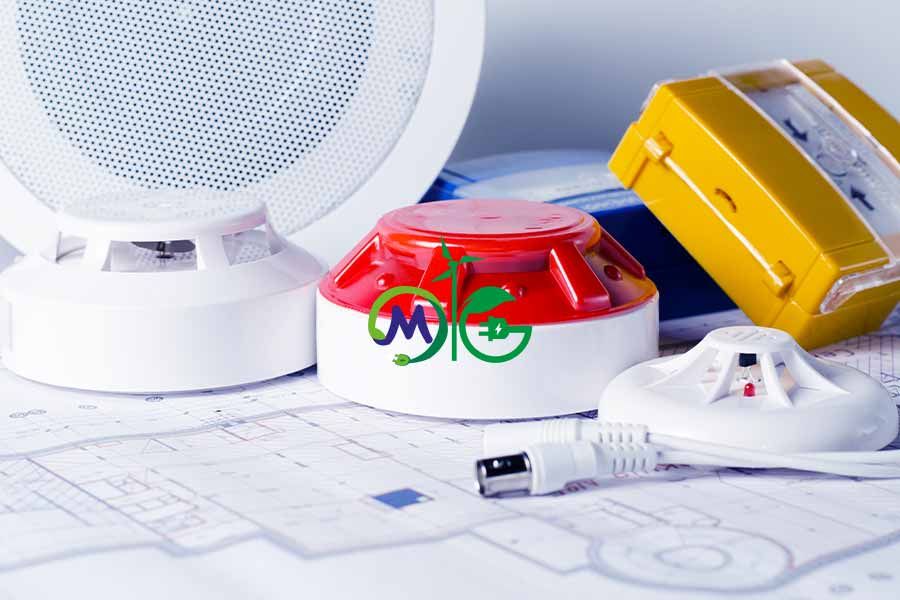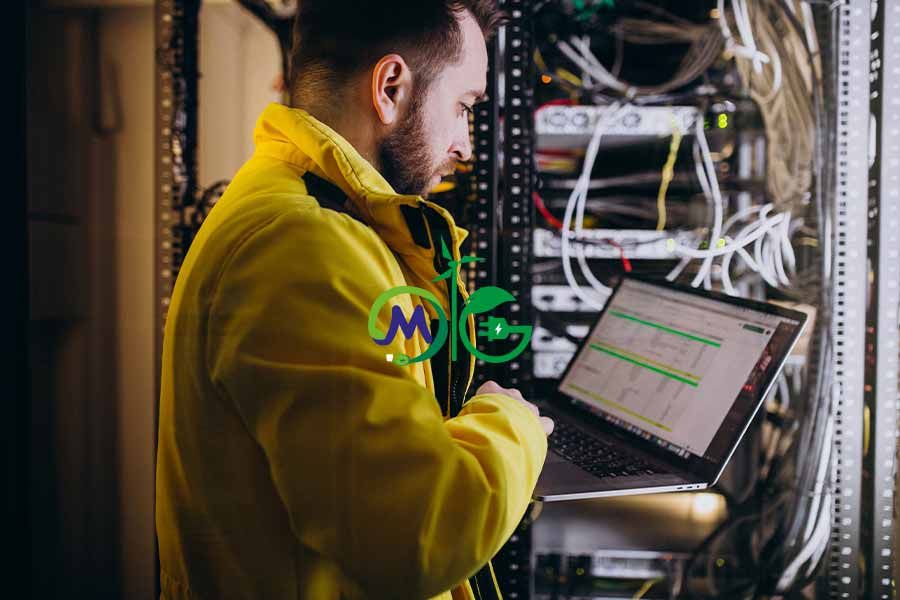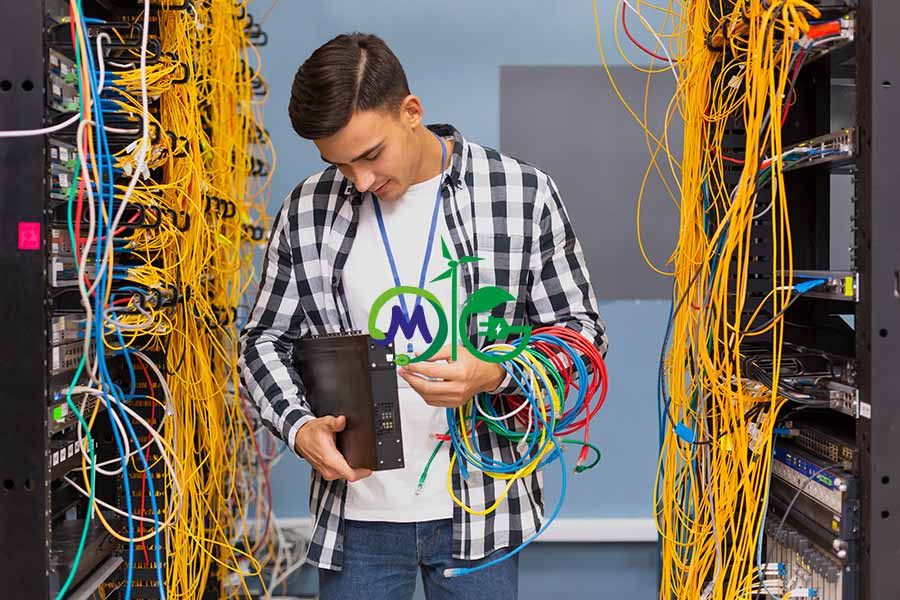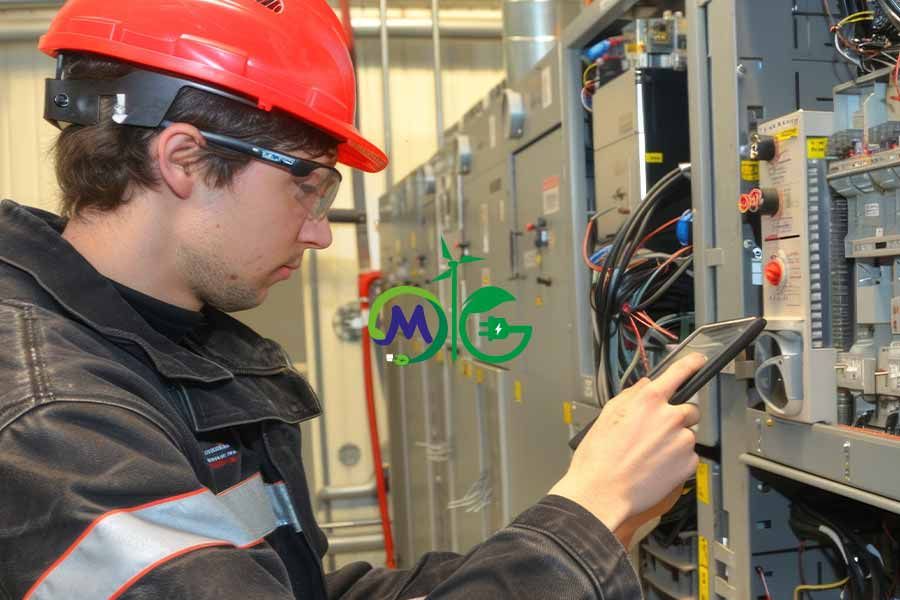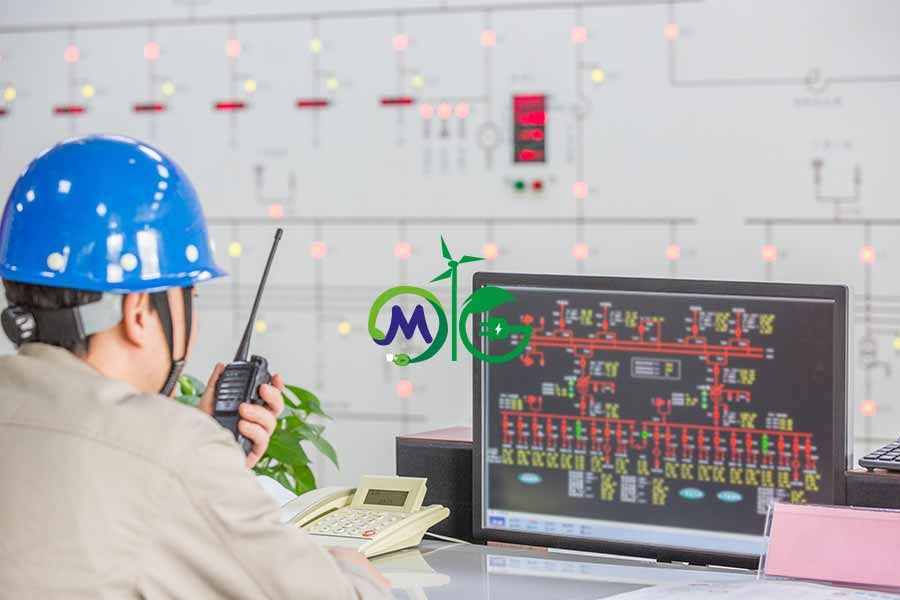Our Business Areas
We operate at the forefront of the electrical industry, providing innovative solutions that meet the dynamic needs of the residential, commercial and industrial sectors. We specialize in providing a wide range of services, including electrical installations, maintenance and advanced automation systems, ensuring efficiency and reliability in every project we undertake. Using the latest technology and adhering to industry standards, we strive to improve energy management, safety and sustainability in all applications.
With a customer-centric approach, we prioritize custom solutions designed to address our customers’ specific challenges. Whether it’s integrating smart systems for modern buildings, providing uninterruptible power supply or implementing environmentally friendly energy solutions, our team of experts works diligently to deliver results that exceed expectations. Our commitment to quality, innovation and safety positions us as a trusted partner in driving progress and powering a better future.

Power Distribution Systems
Power distribution systems are networks designed to transmit electrical energy from a central power source to end users and provide safe, efficient, and reliable distribution. These systems are used to manage the flow of electricity from generation facilities to substations and to residential, commercial, and industrial consumers. They operate in conjunction with transformers, circuit breakers, switchgear, and distribution lines that collectively provide voltage regulation, overload protection, and fault isolation.
A power distribution system typically operates at medium to low voltage levels, such as 11 kV, 33 kV, or 0.4 kV, depending on the application and load requirements. Key components include transformers that step down high transmission voltages to usable levels and switchgear that controls, protects, and isolates electrical equipment. Conductors and cables are selected based on current carrying capacity, insulation type, and environmental conditions. Advanced systems often include automation and monitoring technologies, such as SCADA, to increase operational efficiency and fault detection. These systems must comply with international standards, such as IEC and IEEE, to ensure safety, reliability, and interoperability.
Backup Power Systems
Backup power systems are equipment designed to provide a reliable source of electricity during power outages and ensure the uninterrupted operation of critical systems and facilities. They are really useful in industries, hospitals, data centers and residential buildings to prevent outages and protect sensitive equipment. Backup power systems are usually a complex that includes generators, uninterruptible power supplies (UPS) and battery storage systems. They are activated automatically or manually when the primary power source fails and provide short-term or extended energy support depending on the configuration and capacity of the system.
Backup power systems are specified by the power capacity, usually measured in kilowatts (kW) or megawatts (MW), to meet the energy demands of connected loads. Key components include diesel or gas generators with automatic transfer switches (ATS) for uninterrupted power transfer and UPS systems equipped with batteries or flywheels for instant response. Modern systems may include lithium-ion batteries or advanced energy management technologies to increase efficiency and reduce emissions. Backup systems are designed to meet regulatory standards such as IEC 62040 for UPSs and ISO 8528 for generators, ensuring performance, reliability and safety.
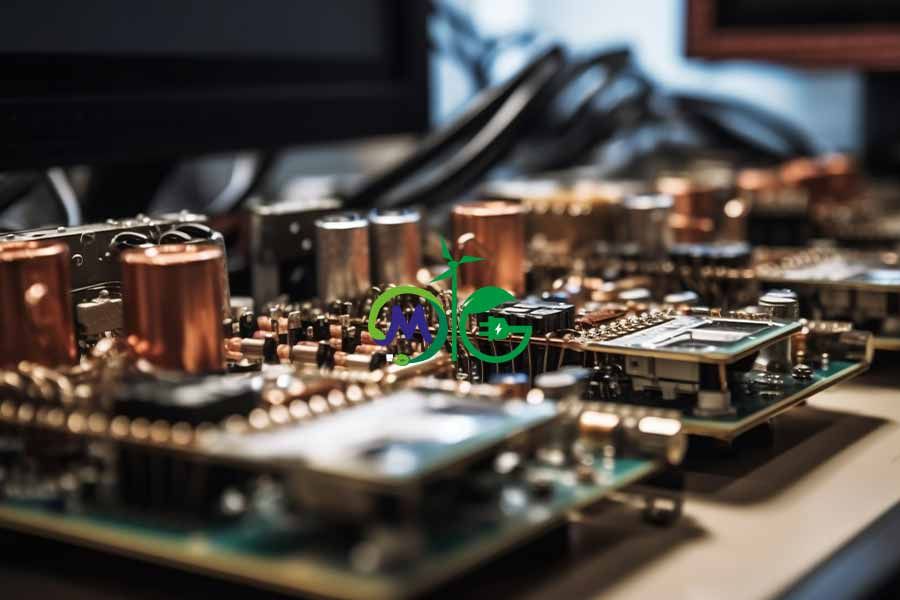
Lighting Systems
Lighting systems are arrangements of fixtures, controls, and power supplies designed to provide illumination for a variety of environments, including residential, commercial, and industrial spaces. These systems range from simple installations such as incandescent bulbs to advanced configurations that include LED technology and intelligent lighting controls. Modern lighting systems can be tailored to specific applications such as task lighting, ambient lighting, or decorative lighting, while providing energy efficiency and optimum performance.
Lighting systems offer a variety of benefits, including improved energy efficiency and reduced operating costs, when equipped with energy-saving technologies such as LEDs and automatic controls. They provide adequate lighting tailored to user needs, improving productivity and comfort, and reducing eye strain and fatigue. Advanced lighting solutions contribute to sustainability by minimizing energy consumption and carbon emissions, making them an important element in green building designs.
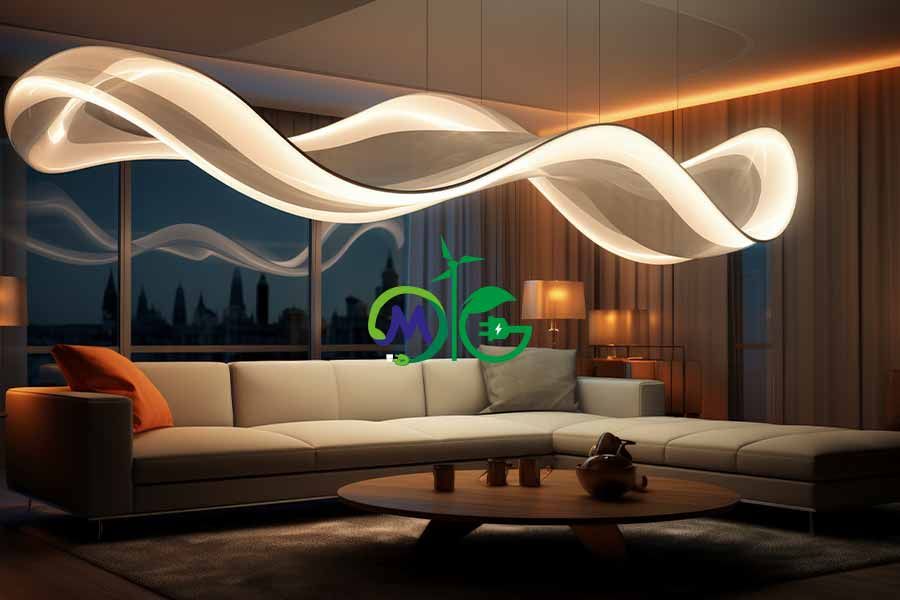
Reactive Power Compensation
Reactive power compensation refers to the process of managing and optimizing the flow of reactive power within an electrical system to improve energy efficiency, voltage stability, and overall system performance. Reactive power, measured in VAR (Volt-Amp Reactive), is essential for maintaining the voltage levels required for the proper operation of inductive loads such as motors, transformers, and HVAC systems. However, excessive reactive power can cause inefficiencies, leading to energy losses and higher operating costs. Compensation devices such as capacitors, reactors, and static VAR compensators (SVCs) are used to balance reactive power and reduce the load on the electrical grid.
Reactive power compensation systems are generally divided into capacitor banks that provide leading reactive power and reactors that provide lagging reactive power. These devices are rated in kVAR (kilovolt-ampere reactive) and are designed for load requirements and system voltage levels ranging from low voltage (400 V) to high voltage (up to 765 kV). Modern compensation systems often integrate advanced technologies such as Static Synchronous Compensators (STATCOM) and Dynamic Voltage Restorers (DVR) that offer fast response times and adaptability. Compliance with standards such as IEEE 519 and IEC 60871 ensures the performance, safety and interoperability of systems within electrical networks.
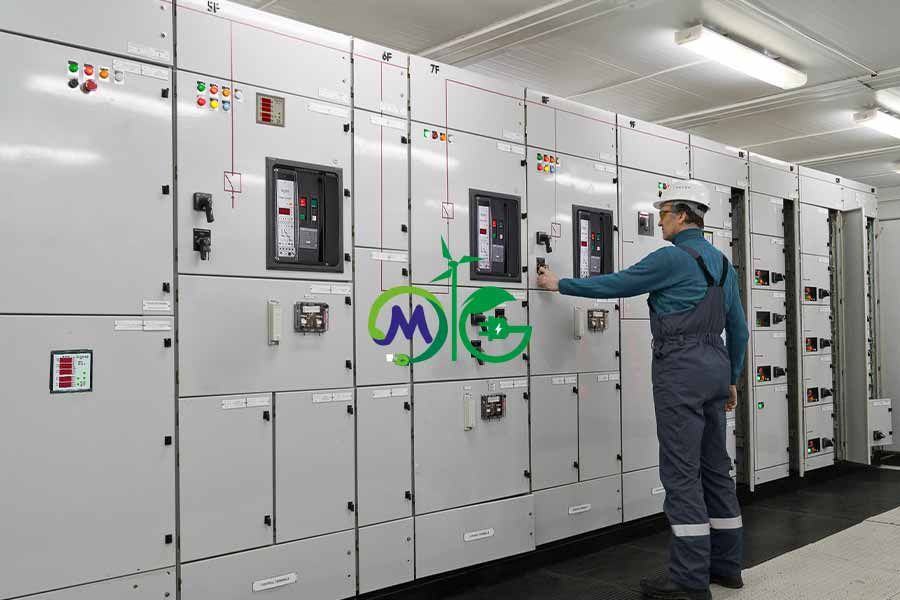
Protection Systems
Protection systems are the working units of electrical networks designed to protect equipment, infrastructure and human safety by detecting and preventing damage to faults caused by overloads, short circuits or abnormal operating conditions. They act quickly to isolate affected sections of the network, minimize outages and ensure continuity of power supply. Protection systems, which include devices such as circuit breakers, relays, surge protectors and ground fault interrupters, are essential to maintaining the stability and reliability of electrical installations in residential, commercial and industrial applications.
Protection systems are tailored to the operating voltage and current levels of the network, with devices rated to handle specific fault currents and response times. Circuit breakers are generally classified by their breaking capacity (kA) and nominal voltage, while relays are selected for their sensitivity and coordination with system requirements. Advanced protection systems may include microprocessor-based devices with integrated monitoring and diagnostic capabilities that provide real-time fault analysis and remote management.
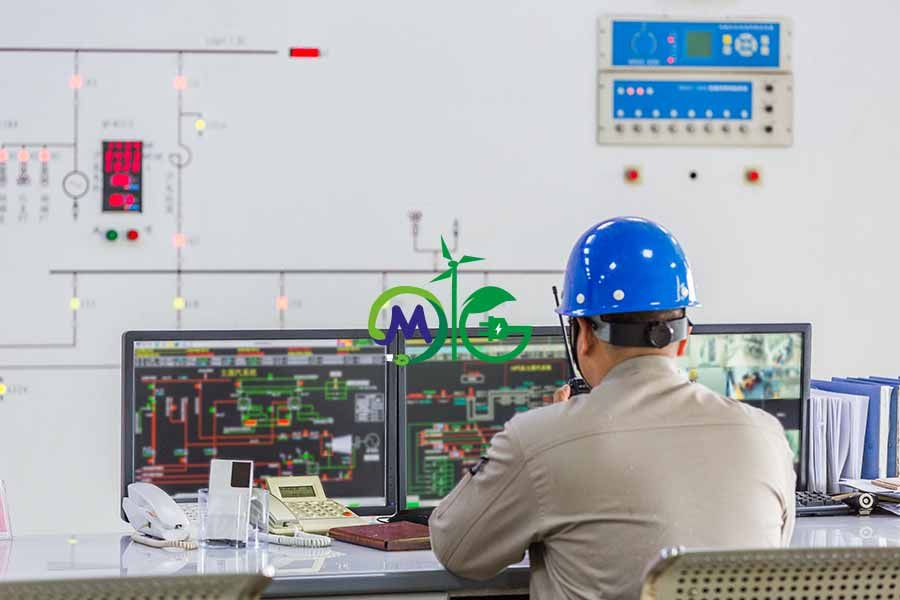
Custom Systems
Custom systems refer to customized electrical solutions designed to meet specific operational needs or unique requirements beyond standard installations. These systems typically address niche applications such as emergency lighting, fire alarm systems, building automation, access control, and data transmission networks. Custom systems designed for functionality, security, and efficiency are integral to ensuring smooth operations in complex environments such as hospitals, airports, industrial facilities, and smart buildings.
Custom systems stand out for their adaptability, integration capabilities, and high performance standards. They often include advanced technologies such as IoT connectivity, energy-efficient components, and real-time monitoring systems. Designed with redundancy and fail-safe mechanisms, these systems prioritize reliability and safety in critical applications.

Security Systems
Security systems are integrated installations designed to protect people, property, and assets by monitoring, detecting, and responding to unauthorized access or suspicious activity. These systems encompass a wide range of technologies, including surveillance cameras, intrusion alarms, access control devices, and perimeter protection solutions. Security systems are used in residential, commercial, and industrial environments to enhance security and prevent theft, vandalism, or other security breaches.
Security systems consist of core components such as cameras with different resolutions (from HD to 4K), motion detectors with adjustable sensitivity, and access control devices such as biometric scanners or RFID readers. Many systems integrate with IoT platforms and use wireless connectivity (Wi-Fi, Zigbee, or Z-Wave) for seamless operation and remote access. Advanced installations often include AI-powered analytics for facial recognition, behavioral analysis, or object detection.
Communication Systems
Communication systems are networks and technologies designed to facilitate the transmission of information between individuals, devices, or systems. These systems cover a wide range of applications, including voice, data, video, and signal transmission, and are useful in industries such as telecommunications, transportation, and building automation. Common components of communication systems include wired and wireless infrastructure, servers, switches, and end-user devices.
Communication systems are characterized by their scalability, reliability, and speed. They typically use advanced technologies such as fiber optics for high-speed data transmission, wireless protocols such as Wi-Fi and 5G for mobility, and encryption methods for secure communication. Modern systems integrate with IoT and cloud-based platforms to enable real-time data exchange and remote accessibility.
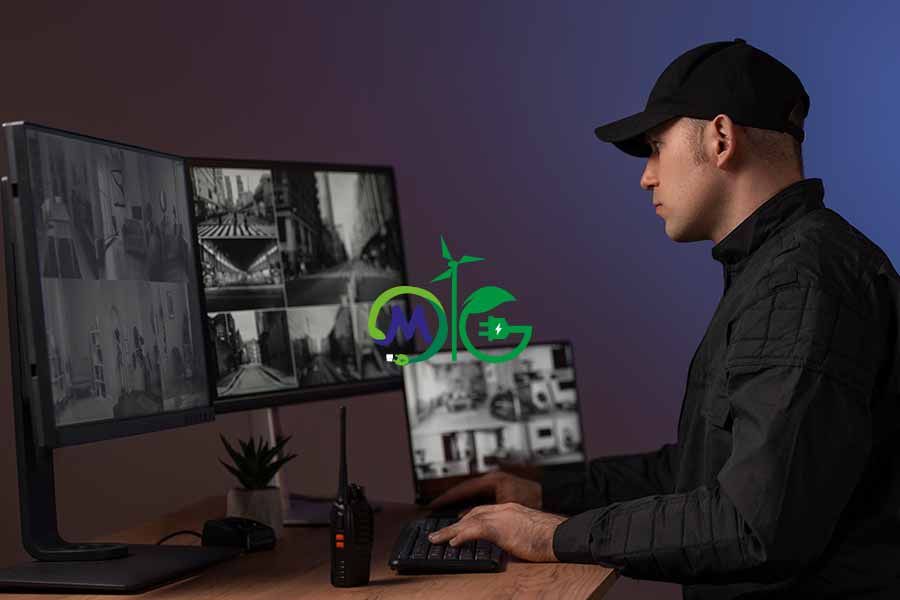
Fire Detection and Alarm Systems
Fire detection is the process of detecting signs of fire, such as smoke, heat or flames, using specialized sensors and devices. Detection systems typically use smoke detectors, heat sensors, flame detectors and multi-sensor devices that combine a variety of technologies for improved accuracy. These systems continuously monitor the environment for changes that may indicate a potential fire and initiate early identification to minimize damage and protect lives.
An alarm is an audible, visual or digital notification triggered by a fire detection system that alerts occupants to a potential hazard. Alarm systems include sirens, strobe lights and voice evacuation units that provide clear instructions in an emergency. In advanced installations, alarms can also communicate directly with building management systems or emergency services. The primary purpose of an alarm is to facilitate prompt evacuation and immediate action to bring the fire under control, reducing risks to life and property.
Fire detection and alarm systems are characterized by their sensitivity, reliability and integration capabilities. Modern systems often use addressable technology, allowing the precise identification of the affected area in a building. Detection and alarm functionality is designed with redundancy and fail-safe mechanisms to ensure operation even during power outages or faults. Advanced systems can include wireless connectivity, real-time monitoring and remote management, increasing their functionality and efficiency.
